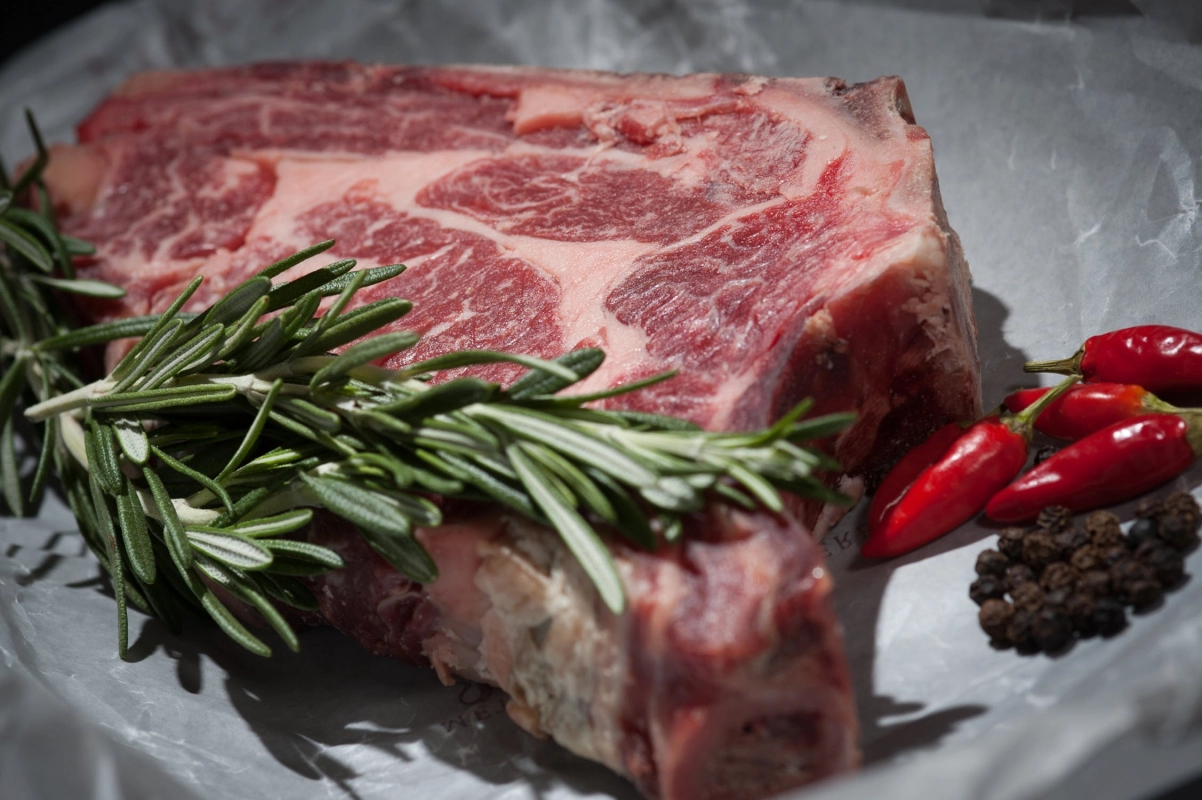
Refrigerated Food Storage Guidelines for Food Handlers

Whether you're training to become a food handler, managing a busy restaurant team, or guiding others through their food handler certification, you need to know the basics of safe food storage.
One of the best ways to ensure that the food served by your establishment is consistently safe is by knowing how to store it properly. This is especially true for refrigerated food, which can be quickly contaminated by harmful germs when stored improperly or at improper temperatures. Not only can improper storage practices lead to customers developing foodborne illness, but it can also lead to a degradation in food quality, increased food waste, and lost revenue.
Germs grow even at cold temperatures
Contrary to the beliefs of some, harmful germs can grow and thrive even at cold temperatures. This makes it extremely important that food service establishments stay on top of their refrigerated food storage, or risk costly food contamination and spoilage. Refrigerated storage facilities should be kept at a consistent temperature of 4°C (40°F) or lower in order to ensure that food products are kept out of the temperature danger zone (4-60°C or 40-140°F).
Keeping consistent temperatures in your refrigerated storage is as easy as hanging thermometers in the front and back of refrigerators, and having employees regularly check internal food temperatures with a properly calibrated and sanitized thermometer
Proper storage will save money for your establishment
Food waste is an easily avoidable part of the Canadian restaurant business, and yet so many establishments continue to face difficulties in reducing the amount of food going to waste. Storing chilled food safely and properly is one of the most effective ways to combat food waste in any food service establishment.
Proper storage guidelines will ensure that cross-contamination doesn’t take place in your refrigerated storage facilities, chilled items don’t fall into the temperature danger zone, that use by dates are easier to recognize, and food is rotated appropriately. Before you know it, proper refrigerated storage will see your restaurant saving money that it was previously throwing in trash.
Organized food handling can save you and your staff from major headaches
Proper food storage needs to be maintained by you and your staff in order to remain effective and consistent - this means that refrigerated products must be properly organized and rotated. Rotating food to ensure that older products are at the front will help your business reduce food waste. Labelling food with clear item descriptions, preparation dates, and use by dates can make rotating food easier, and will ensure that food that is past its use by date is not accidentally prepared and served to customers.
Additionally, food safety concerns need to be directly addressed when refrigerating food products - storing raw meat, poultry, and fish products away from cooked products will ensure that cross-contamination doesn’t take place. Be careful not to overload refrigerated shelves or block proper airflow with shelf liners like foil or paper.
Other important Food Handler guidelines for refrigerated storage
-
Every product has its place in the shelving hierarchy - meat products should be stored using the top down storage method - Fish on top, whole cuts, ground beef and pork, with poultry on the bottom
-
Shelving units should be at least 15 centimeters (or 6 inches) from the floor, and 5 centimeters (2 inches) away from the wall
-
Ensure that raw meat products are stored below other foods so that raw meat juices don’t drip onto and contaminate other food
Ensure you're up to date with the latest safe food handling guidelines and procedures with our online food handling certificate. Developed by experts and used by restaurants and foodservice businesses across Canada, our comprehensive course allows you to get your food handler certification online - delivered in a way that works for you. Browse our course catalog or get in touch today to learn more.

